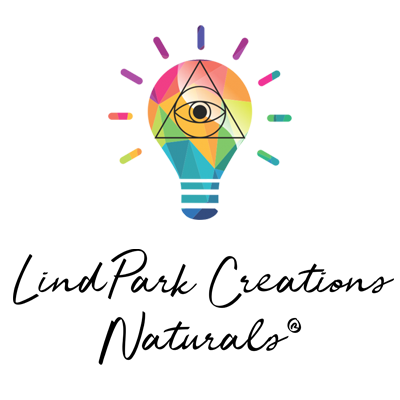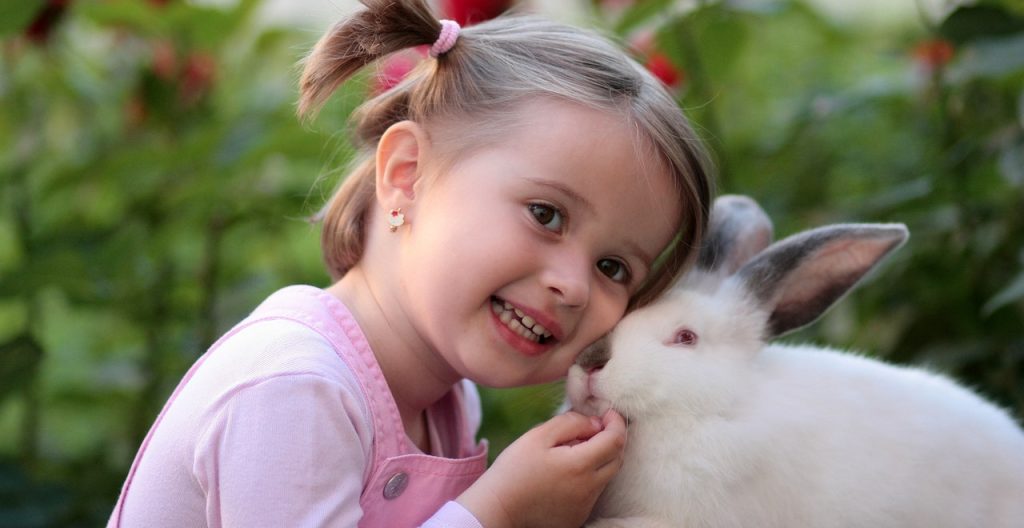Childrens Allergies
Around 1 in 20 children have a food allergy! Children with food sensitivities could be even higher, like a lesser known reaction to a substance i.e not so sudden. These types of reactions can be insideous but multi-faceted. For example, multiple food sensitivities at one meal, creating a reaction over a 48 hr period or longer. These can be harder to pin-point and require a little closer investigation.
Hospital admissions for severe allergic reactions or anaphylaxis in children have doubled over the last decade in Australia, which is why it is so important to identify, control and conquer!
What is an Allergy?
An allergy is when the bodies immune system reacts to a substance (allergen) in the external environment or something internally that they have eaten. Once the substance enters the blood-stream the body’s immune cells produce ‘antibodies’ which are proteins that identify the offending substance and set up chemical reactions to protect the body against it.
Allergic Reactions in Children
This is where the body develops symptoms after the exposure to the allergen. Here are some common symptoms in children after being exposed to an allergy:
- Reflux or colic
- Skin hives
- Eczema
- Swelling of the lips, eyes or face
- Red rash
- Vomiting
- Rise in body temperature
- Fast pulse or heart rate
- Headaches
- Wheezing or difficulty in breathing
- Failure to thrive
- Nose bleeds
- Sore throats
- Many acute ear infections
Allergic reactions range from mild to severe. A severe reaction which can happen in minutes is called anaphylaxsis and requires immediate medical attention.
More information on Allergies can be found in Chapter 3 of The Skin Program book “Allergies”.
———————————->>>>
Common Allergens in Children and Babies
- Foods – peanuts, tree nuts, dairy, wheat, eggs, shellfish
- Pollen – wattle, grasses seeding
- Animal fur – cats, dogs, horses
- Dust mite – carpets
- Moulds – rising damp, mould in bedrooms
- Bee stings – and ant stings
- Medications – vaccinations
- Nitrates, MSG
If your child has a chemical or food intolerance she will usually have a cluster of symptoms which disappear when the food or irritants are withdrawn for a couple of weeks and then reappear when the substances are reintroduced. As many as ¼ children suffer from these conditions.
Physical Appearance of a Child with a Food Allergy or Intolerance
- Pale face, dark circles under the eyes
- Crease across the top of the nose
- Vacant facial expression
- Red scaly skin across the top of the eyelids
- Puffy face
- Dry scaly lips
- Low energy
Developmental, Behavioural and Learning Characteristics of Children with Allergies
- Slow to walk, stand or crawl, or may not go through the crawling stage
- Poor development of co-ordination
- A history of feeding problems and sleeping problems
- Poor social adjustment
- Difficult personality
- Motor problems
- Learning difficulties
- Poor handwriting
- Good vocabulary but poor comprehension
- Avoids ball sports, trips a lot
- Awkward pencil grasp
- Poor attention and concentration
- Mood swings
- Bed wetting
Natural Treatment for Childrens Allergies
Allergies are a result of an out of balance immune system. Therefore it is important to rebuild and rebalance the child’s immune system with a naturopathic approach, ie a wholistic wellness treatment plan.
- Assess the child’s home environment for any external allergens, such as pet fur, dust mite, rising moulds, damp, pollens, chemicals, medications etc and remove any suspecting substances.
- Diet – Elimination Diet: Suspect foods are removed from the diet for a period of time to assess if the child’s symptoms improve. These should be personally identified by your practitioner and may include removing dairy, sugar, grains, chocolate, fermented foods, artificial colours, flavours, preservatives, pesticides and sprays.
- Challenge Phase – Food by food is re-introduced over a period of time and a correct quantity of food re-introduced, until all foods are re-introduced and the ones that caused symptoms are left out. There is more on this subject in The Skin Program Book, in Chapter 7 under Food Challenge.
- There are natural herbs and supplements children can take that help support their immune system and minimize their reactions to allergens eg: Reishi mushrooms, Vitamin C, Zinc, Golden seal, Marshmallow, Ginger, Chamomile, Slippery Elm Bark, Echinacea, Eyebright just to name a few.Obviously the treatment goes much deeper than what is listed above in this short article, however it is important to know that children’s allergies are treatable without injections or harmful medications. The right naturopathic practitioner will be able to guide you and your child to a successful outcome to be free from their allergies, whilst improving the strength of their immune system.
Also read about: Eczema on hands and arms treat it the natural way


